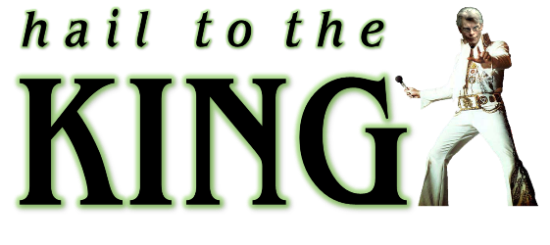The Simpsons did it already.
Few Stephen King adaptations illustrate the friction between serialised network television and narrative fidelity quite as clearly as Under the Dome (except maybe season eight of Game Of Thrones). It feels almost tautological to describe King’s parable of small-town corruption and human fragility as self-contained but there we have it. What should have been a good version of The Simpsons Movie became a three-season endurance test of narrative inflation and the further it strayed from King’s novel, the more it revealed how fundamentally mismatched his story of contained horror was with the long-form aspirations of early-2010s television.
King’s novel, published in 2009, confines the residents of Chester’s Mill beneath an impenetrable barrier and watches their social order implode. It’s a story of ecological strain and moral rot, with the dome itself a magnifying glass burning away civility. The entire story unfolds over little more than a week, its tension coming from the compression of time and space: air runs out, tempers fray, power consolidates in an apocalypse that’s local, intimate and inescapable.
CBS’s version, developed by Brian K Vaughan and produced by Steven Spielberg’s Amblin Television, sets up home in the same place but almost immediately rearranges the furniture. Dale “Barbie” Barbara (Mike Vogel) is remodelled from a haunted drifter into a conventional action hero. Julia Shumway (Rachelle Lefevre) shifts from sardonic journalist to doe-eyed romantic foil. Even Big Jim Rennie (Dean Norris), King’s unambiguous small-town tyrant, is softened into an ambivalent politician whose morality flexes whenever the prevailing winds need him to. In isolation, these changes might seem minor, but together they turn a social horror into an ensemble drama with survival-mystery aspirations.
Season one covers a period roughly equivalent to the opening third of the book. The dome arrives, order buckles, and community begins to curdle. It’s a respectable start, buoyed by solid performances and the novelty of seeing King’s thought experiment visualised but the storytelling tensions start to show early: where the novel tightens, the show meanders, each episode needing a new crescendo of crisis to keep the audience tuning in next week, diluting the claustrophobia into a steady churn of cliff-hangers.
When the series returned for its second season, the tether to King’s source material snaps entirely. The dome becomes a sentient enigma powered by a glowing egg. A chosen group of “Monarchs” appear and aliens, alternate realities and reincarnated loved ones drift through the plot like misdelivered scripts from other shows. By the third season, Under the Dome bears almost no resemblance to the novel that inspired it. The original’s indictment of human cruelty under pressure is replaced by cosmic prophecy and a vague sense of destiny, a transformation that feels less like adaptation and more like narrative panic.
What’s striking is not just how far the series drifts, but why. In the early 2010s, broadcast television still clung to the idea that every hit had to be a renewable resource: a limited series was seen as a failure, rather than the standard of today where a second season is too often the exception rather than the rule. King’s story, which depends not just on confinement but on the inescapable inevitability of the ticking clock, had to be reconfigured for perpetuity and that contradiction proved fatal. Every delay of resolution, every added subplot, eroded the integrity of the concept; the dome was meant to trap people but the series trapped itself and suffocated trying to stretch a story further than it could go.











